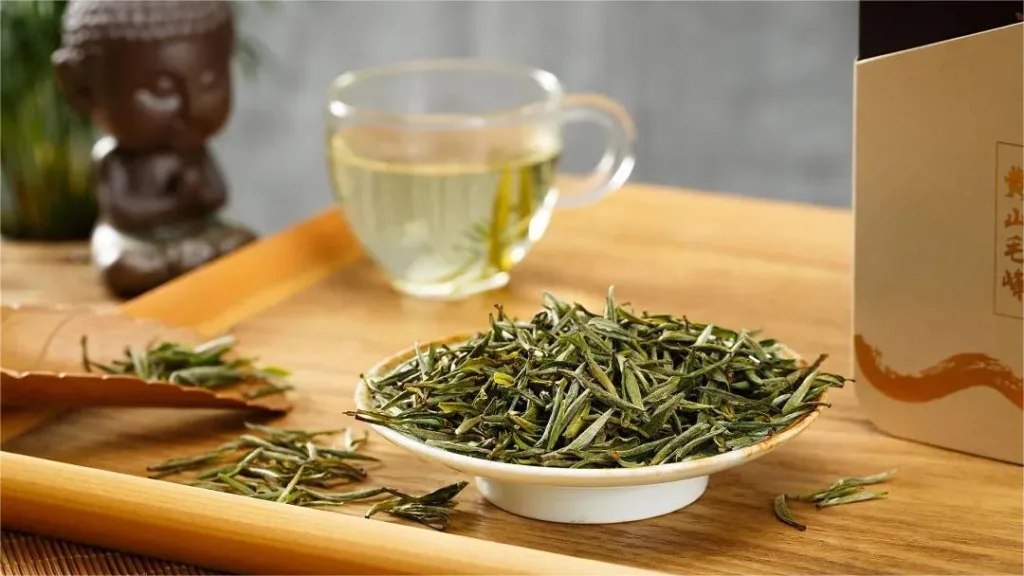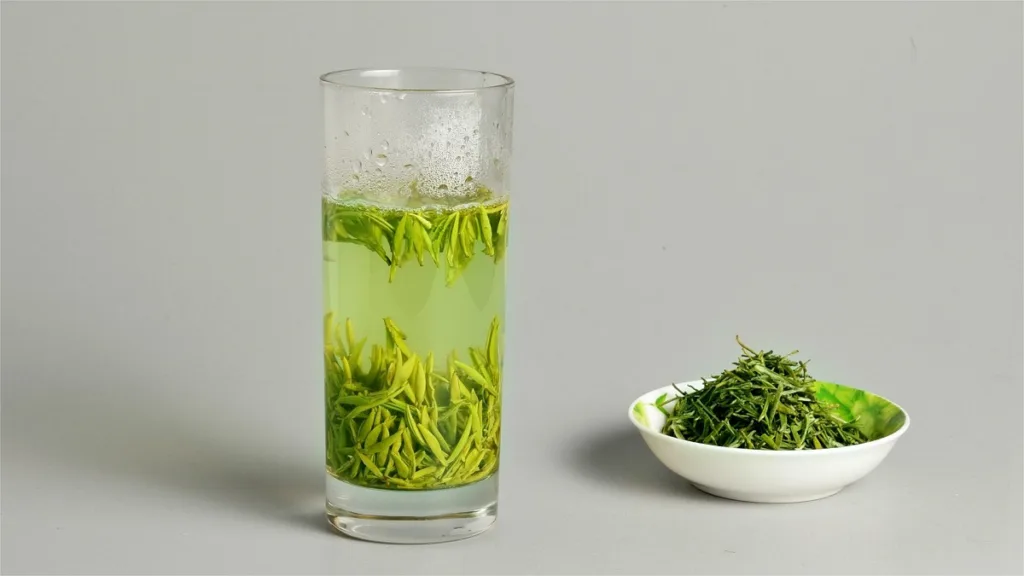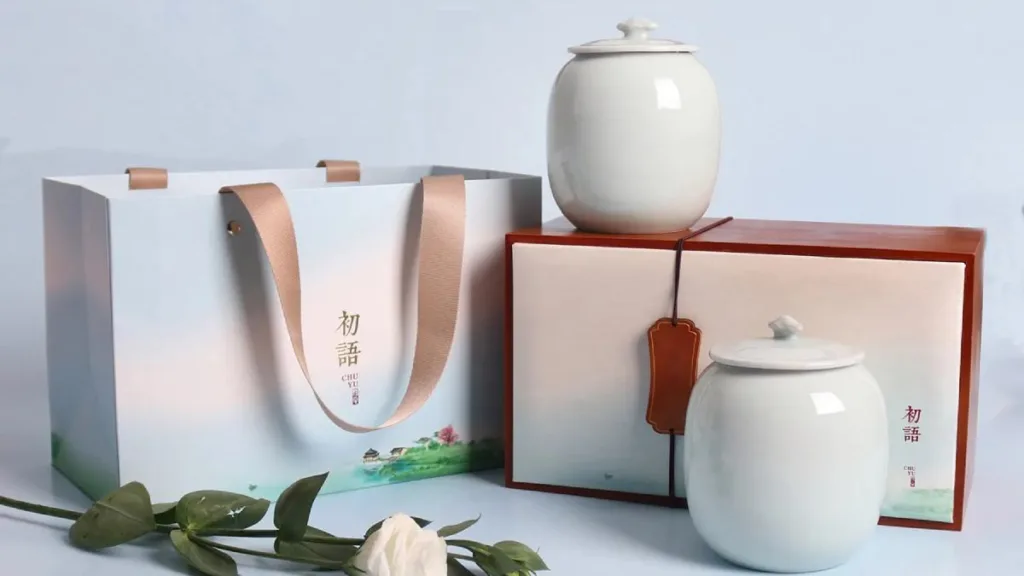Longjing tea, also known as Dragon Well tea, is one of China’s most famous green teas, celebrated for its unique flavor, beautiful appearance, and rich history. The grading of Longjing tea is based on factors such as the tenderness of the leaves and differences in sensory qualities. It is divided into six main grades: Special Grade, Grade 1, Grade 2, Grade 3, Grade 4, and Grade 5. Each grade offers varying characteristics in terms of appearance, aroma, flavor, liquor color, and leaf quality, with Special Grade being the highest quality and Grade 5 the lowest.
Special Grade Longjing Tea: Special Grade Longjing is considered the highest quality among the Longjing teas. The leaves are typically one bud and one leaf, resulting in a needle-like appearance. They are full, uniform in size, and well-arranged. Special Grade Longjing leaves are relatively short, about 2.5 centimeters in length, with sharp ends and a light green color. When you touch Special Grade Longjing, you’ll notice a smooth texture. Once brewed, it exhibits a pure floral and fruity aroma, with a bright, clear liquor that has a mellow and enjoyable taste.
Grade 1 Longjing Tea: Grade 1 Longjing consists mainly of one bud and one or two leaves. The leaves are slightly longer than those of Special Grade Longjing, typically around 3 centimeters. They have a flat and smooth appearance, with slightly rounded ends, not as sharp as Special Grade. The color is a bit darker green than Special Grade Longjing. Grade 1 Longjing has a fresh tea aroma, clear and sparkling liquor, and a sweet and pleasant taste with a natural flavor.
Grade 2 Longjing Tea: Grade 2 Longjing often contains one bud and two leaves. The leaves are longer, approximately 3.5 centimeters, and wider. They have a fresh green color, but the leaves appear somewhat rough, giving them a less refined feel. The liquor of Grade 2 Longjing has a deeper color, a light green hue, and a slightly hazy quality. The tea aroma is fresh, though it may not be as enduring as the higher grades. Overall, it is noticeably different in quality compared to Special Grade.
Grade 3 Longjing Tea: Grade 3 Longjing has slightly flattened and narrow dry leaves, somewhat coarse, and usually thicker. The color of the leaves is a bright green, but it may not have the same finesse as higher grades. The liquor is greenish-yellow and has a relatively clear appearance. The flavor is mild, with a hint of sweetness, and the leaves are still tender and uniform.
Grade 4 and Grade 5 Longjing Tea: These grades are considered lower-end in terms of quality. The majority of leaves in Grade 4 and Grade 5 Longjing are typically one bud and three leaves. They have a large size, often exceeding 4 centimeters in length. The color is deep, dark green. The brewed liquor may be thick and not very clear, with a somewhat dull appearance. The leaves tend to stick together, and the flavor is plain, lacking the sweet and fresh characteristics found in higher grades. Grade 4 and Grade 5 Longjing teas are often machine-processed and may have a bland or watery taste, similar to plain hot water.
In summary, the grading of Longjing tea is primarily based on the characteristics of the tea leaves, including their tenderness, size, and uniformity. The higher-grade Longjing teas are known for their exceptional appearance, delightful aroma, and sweet, clean taste. Special Grade and Grade 1 Longjing are typically regarded as the best, with Grade 2 offering a good balance between quality and affordability. Grades 3 and below are more budget-friendly options but may not exhibit the same refined qualities as the top grades. Regardless of the grade, Longjing tea is appreciated for its distinctive features and remains a beloved symbol of Chinese tea culture.




